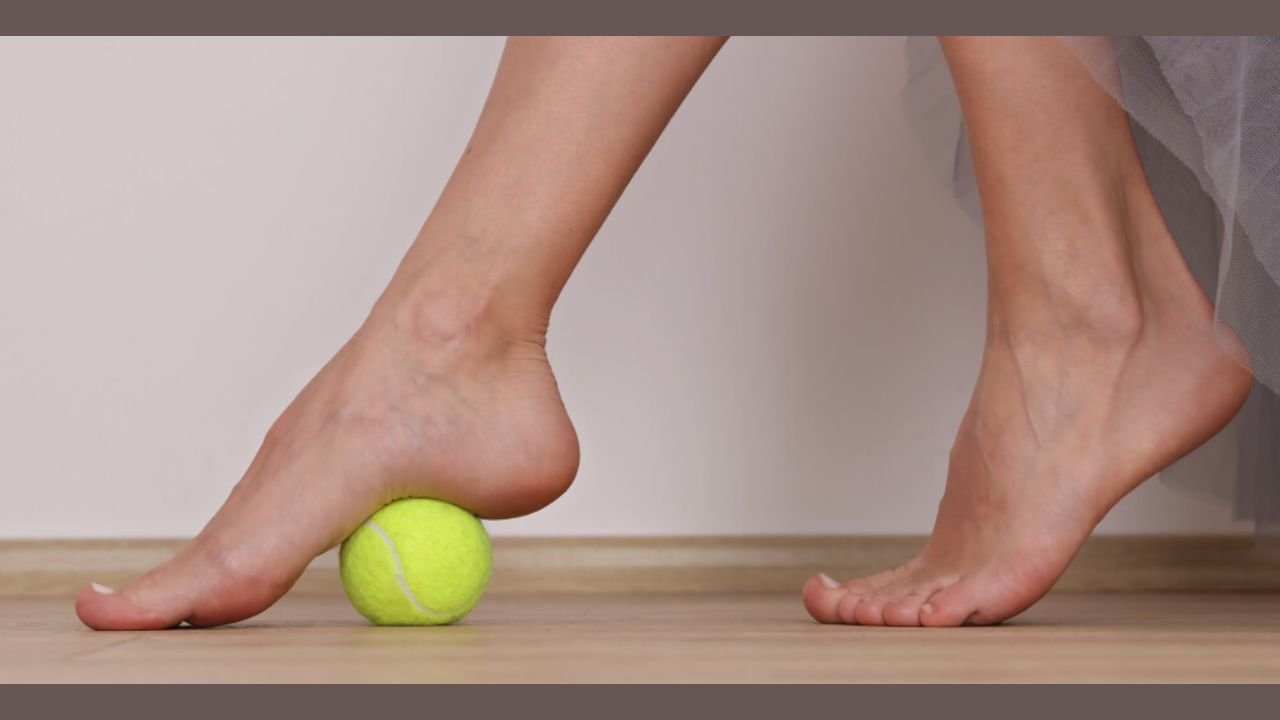Flat feet, medically known as esfeet, are a common condition affecting millions of individuals worldwide. For athletes, podiatrists, and fitness enthusiasts, understanding this condition is essential for effective management and prevention of related complications. In this comprehensive guide, we’ll explore what esfeet are, the types of flat feet, symptoms, the impact on physical activities, treatment options, and emerging research. By the end, you will have a thorough understanding of esfeet and practical insights to manage or assist those affected by this condition.
Introduction to Esfeet Understanding Flat Feet
Esfeet, also referred to as flat feet, is a condition where the arches of the feet flatten, causing the entire foot to make contact with the ground. While some people might not experience any issues, others, particularly athletes and fitness enthusiasts, may face challenges in performance and comfort. Esfeet can lead to foot pain, affect gait, and result in complications if not properly managed.
Understanding esfeet is crucial for athletes who rely heavily on foot function and dynamics. For podiatrists, recognizing the signs and symptoms can guide effective treatments. This article explores various facets of esfeet, providing valuable insights for professionals and enthusiasts alike.
Types of Flat Feet Flexible Rigid and Associated Conditions
Flat feet can be categorized primarily into flexible and rigid types, each presenting different characteristics and challenges.
Flexible Flat Feet
Flexible flat feet occur when the arch appears when the foot is off the ground but disappears when standing. This is common in children and may persist into adulthood. Although often painless, it may cause discomfort and require supportive footwear or orthotics to improve function.
Rigid Flat Feet
Rigid flat feet are less common and more concerning as the arch is always absent, whether sitting or standing. This type may result from abnormal joint or bone development and can lead to pain and limited foot mobility. Treatment may involve physical therapy or even surgical intervention in severe cases.
Associated Conditions
Flat feet can be associated with several conditions such as posterior tibial tendon dysfunction (PTTD), arthritis, or even obesity. Recognizing these can help in addressing the root causes and managing symptoms effectively.
Symptoms and Diagnosing Esfeet How to Identify Flat Feet
Identifying flat feet is a crucial step towards effective management. Here are some common symptoms and diagnostic methods.
Common Symptoms
Individuals with flat feet might experience pain in the arch or heel, swelling along the inside of the ankle, and difficulty with foot movements. These symptoms can affect performance in sports and daily activities, making early diagnosis essential.
Diagnostic Methods
Podiatrists often use a combination of physical exams and imaging studies like X-rays or MRI to diagnose flat feet accurately. Observing the foot’s behavior during movement and assessing any associated conditions can further aid in diagnosis.
Self-Assessment Techniques
Individuals can perform simple self-assessment by observing their foot’s imprint on wet sand or using home footprint tests. Noticing a complete foot imprint without an arch may indicate flat feet.
The Impact of Esfeet on Physical Activities Sports Fitness and Daily Life
Esfeet can significantly impact physical activities, particularly for athletes and fitness enthusiasts.
Effects on Athletic Performance
Athletes with flat feet may struggle with balance, speed, and agility due to the altered foot mechanics. This can hinder performance in sports that demand high foot activity like running or basketball.
Fitness Challenges
For fitness enthusiasts, flat feet can lead to discomfort during exercises such as squats or lunges. Selecting appropriate footwear and modifying exercises is crucial to prevent injury and enhance performance.
Impact on Daily Activities
Even routine activities like walking or standing for long periods can become challenging for individuals with flat feet. Addressing these through supportive measures can greatly improve quality of life.
Treatment and Management of Esfeet Orthotics Exercises and Surgical Options
Managing esfeet involves a combination of non-surgical and surgical treatments tailored to individual needs.
Orthotic Solutions
Custom orthotics provide support and alignment, reducing pain and improving function. Off-the-shelf insoles can also offer relief and are a cost-effective alternative.
Exercises for Strengthening
Exercises focusing on the foot and calf muscles can strengthen the arch and improve foot stability. Regular practice of stretches and strengthening routines can make a significant difference.
Surgical Interventions
In severe cases, surgical options like tendon transfer or osteotomy may be necessary. Consultation with a specialist is essential to explore these options based on specific needs.
Preventing Complications and Promoting Foot Health Strategies and Lifestyle Changes
Proactive measures can prevent complications associated with flat feet.
Choosing the Right Footwear
Investing in supportive shoes that cater to your foot’s needs is crucial. Stability shoes or those with built-in arch support can alleviate discomfort and enhance mobility.
Maintaining a Healthy Weight
Excess weight can exacerbate the strain on flat feet. Maintaining a healthy weight through balanced nutrition and regular exercise is vital for overall foot health.
Regular Foot Assessments
Routine check-ups with a podiatrist can catch any developments early, allowing timely intervention. Regular monitoring ensures that any changes can be addressed effectively.
The Future of Esfeet Research and Emerging Technologies
Advancements in technology and research continue to shape the understanding and management of flat feet.
Cutting-Edge Research
Ongoing research aims to understand the genetic and developmental factors contributing to flat feet. Such insights can lead to innovative treatments and preventive strategies.
Emerging Technologies for Diagnosis
Technological advancements like 3D scanning and gait analysis offer detailed insights into foot mechanics. These tools enhance diagnostic accuracy and treatment planning.
Innovative Treatment Approaches
Exploring new treatment modalities such as regenerative medicine and minimally invasive surgeries holds promise for the future. Continued research and collaboration are key to unlocking these possibilities.
You May Also Like: Discover Tratear Transform Your Wellness Routine
Conclusion
Understanding esfeet is essential for athletes, podiatrists, and fitness enthusiasts seeking to enhance performance and maintain foot health. By recognizing the symptoms, exploring treatment options, and staying informed about emerging research, individuals can effectively manage flat feet and improve their quality of life. For those looking to optimize their foot health, consider consulting with a podiatrist or joining communities focused on esfeet. Your feet carry you through life—ensuring they’re well cared for is a worthwhile investment.
FAQs
What are the main causes of esfeet?
Esfeet can result from genetic factors, foot injuries, or conditions affecting tendons and joints. Understanding the underlying causes can guide effective management.
Can flat feet be cured permanently?
While flat feet might not be fully cured, symptoms can be managed through orthotics, exercises, and lifestyle changes. Severe cases may require surgical intervention.
Is it possible to run with flat feet?
Yes, running with flat feet is possible with proper footwear and support. Consulting with a podiatrist can help tailor strategies to individual needs.
How do I know if I need orthotics for my flat feet?
If experiencing pain or discomfort in daily activities, consulting with a podiatrist for an evaluation can determine if orthotics are beneficial.
What sports are suitable for individuals with flat feet?
Low-impact sports like swimming, cycling, or yoga may be more comfortable. With proper support, individuals can engage in various activities safely.











